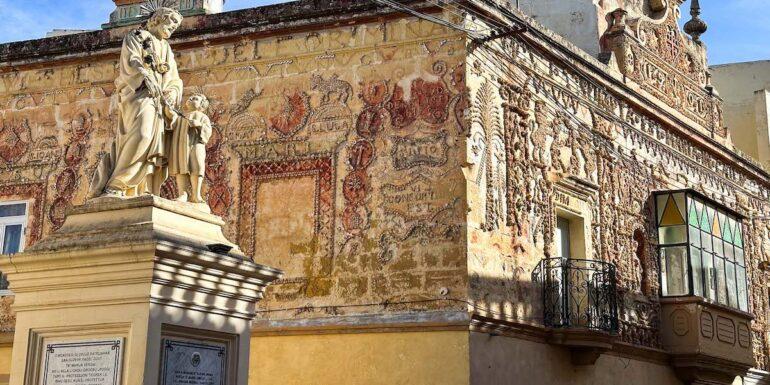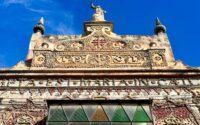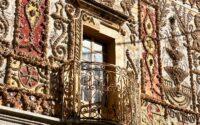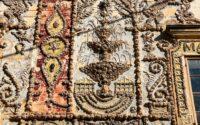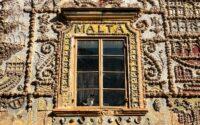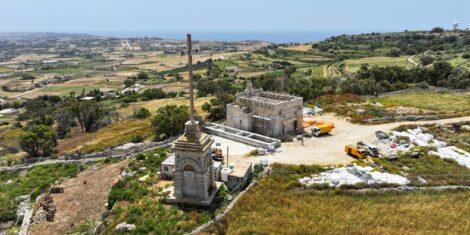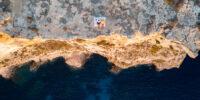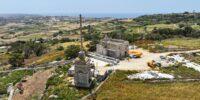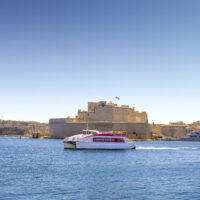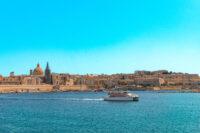So you’re in Malta, and you’re keen on visiting unique locations that many people might not know about? This article is focused on telling you all about one of these unique places. In the heart of Ħal Għaxaq you will stumble upon a different house: id-Dar tal-Bebbux. This has amazed so many locals and visitors for over a century! Its particular façade is unlike anything else on the island.
In fact, the façade of the house was turned into an intricate mosaic of snail shells and seashells. Transformed from an otherwise ordinary building, into a quirky masterpiece. What was it that inspired its creator, Indrì Dimech, to embark on this project you ask? The truth remains as mysterious as the man himself. Below we look at some interesting facts and curiosities related to this house.

Who Was the Man Behind the Shells?
The owner of this house, and the one who came up with this intriguing design was Indrì Dimech. He was also known as Il-Mikk. He was considered to be a man of many talents and one that had an even greater imagination. We are not fully sure on the details around how he was inspired to take on this project. However, some say that his inspiration came from his time living abroad, where he may have encountered similar decorative styles. On the other hand, others believe it was simply a burst of artistic ideas and a following urge to turn his home into something extraordinary.
What is for sure confirmed is that Indrì started collecting shells in 1898. He did so from both local as well as foreign beaches. In an interview with People of Malta, his great-granddaughter had also mentioned how he used to visit Palestine to bring some of the shells he needed to decorate the house. Then he proceeded to arrange them into religious symbols, a variety of patterns and also some writing, including his own surname. After two years, Indrì concluded his work and the house was transformed into what is now known as Id-Dar tal-Bebbux. This literally translates to the house of snails.
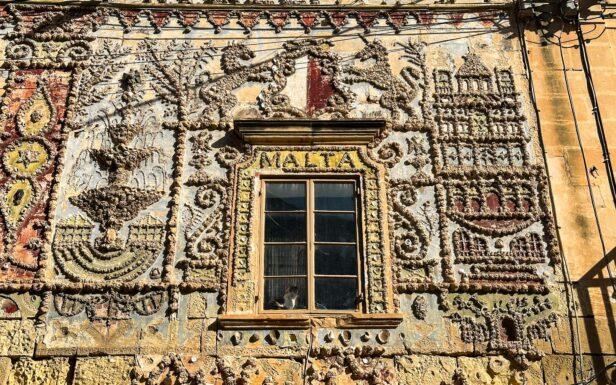
Indrì’s Faith Comes Through His Work
Indrì’s creativity and decorations of his iconic house didn’t stop at just decorative shells. He also decided to decorate the façade of his house with three niches that hold in them stone statues. Each one is placed within an ornate frame like no other. At the very top of the main façade, you will come across the statue of the Virgin Mary. Just below her, the statue of Saint Joseph cradling baby Jesus on one side. On the other side, rests a statue of Saint Andrew, Indrì’s namesake.
When you turn towards the side of the house, you will also find even other statues. One of these statues holds in it the figures of a crucified Christ with the Virgin Mary and Saint John the Evangelist. Surrounding all of the statues are elaborate shell patterns of crosses, angels, trees, lions, unicorns, and even the coat of arms of Ħal Għaxaq.
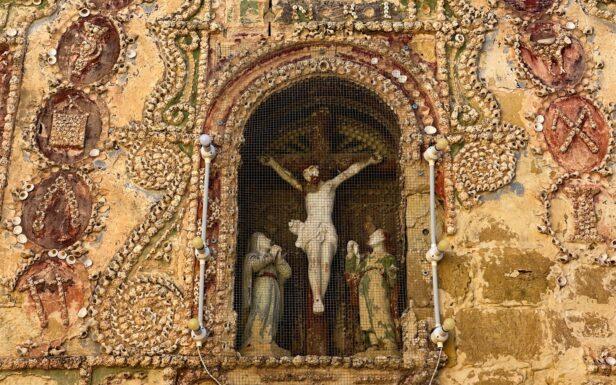
The House that Served as the Village’s Social Hub
Even though the façade is its most striking and eye capturing feature, Indrì’s home was more than just a pretty place. In fact, it used to serve as a gathering place for many after a hard day at work. In fact, for a period of time, the building used to function as a bar, where hardworking men came to relax. Between a drink and another, they discussed village affairs.
In fact, the idea for Ħal Għaxaq’s first social club was born right here, in Indrì’s premises. This social club was dedicated to the Assumption of Mary. Furthermore, Indrì used to love contributing his decorating skills to the annual village feast. In fact, he used to decorate the square outside his home with oil lamps and colourful paper. His creativity led to the creation of a magical setting. This went hand in hand with his bizarre yet captivating house, standing tall in the background.
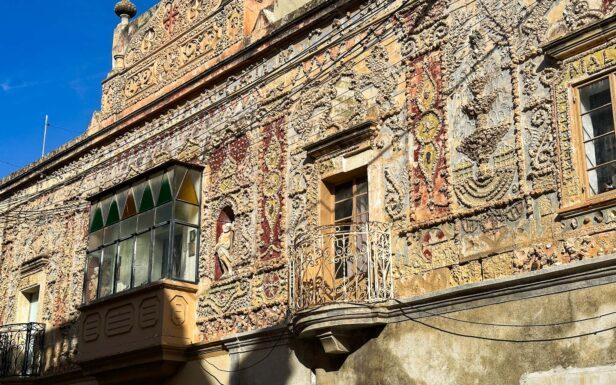
The Fight to Save a National Treasure
More than a century after its completion, Id-Dar tal-Bebbux can still be admired by all visiting. At least for the most part. Much of Indrì’s original design work still remains, however, large portions have deteriorated. What’s left is in dire need of restoration. In fact, it seems like the Ħal Għaxaq Local Council has been working hard to get the funding necessary to restore this house for several years. However, the bureaucratic hurdles seem to have prevented any progress.
Local media has in fact reported that despite being included in the National Inventory of Cultural Property of the Maltese Islands and recently receiving Grade 2 protection from the Planning Authority, the restoration efforts still are not there. The town’s mayor had also expressed his frustration and sadness around the fact that a house that was once considered to be the village’s pride, has now become its sorrow.
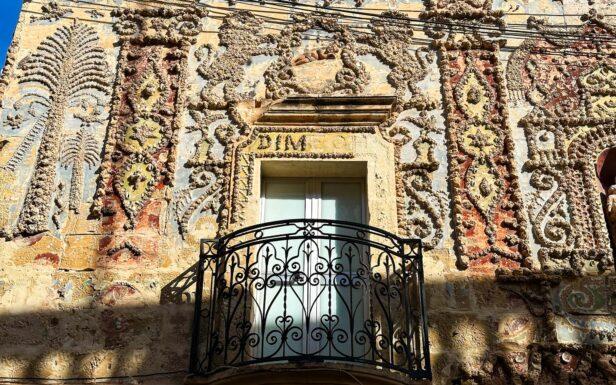
Will It Be Too Late?
While still featuring some of the original features, Id-Dar tal-Bebbux remains a curiosity. Several passersby still pause in wonder, taking in its peculiar beauty, even as parts of it crumble before their eyes. They wonder how Indrì created this masterpiece, how many years it took him to design and refine the rich façade, and what inspired his creativity. Indrì may be long gone, but his legacy remains. One can only hope that this remarkable house will receive the care it deserves before it’s too late. So, during your upcoming visit to the Maltese islands, make sure to make your way to Ħal Għaxaq. Explore the quaint village and seek out Id-Dar tal-Bebbux. Take a moment and admire this place, that serves as a testament to one man’s vision, creativity, and sheer determination.
